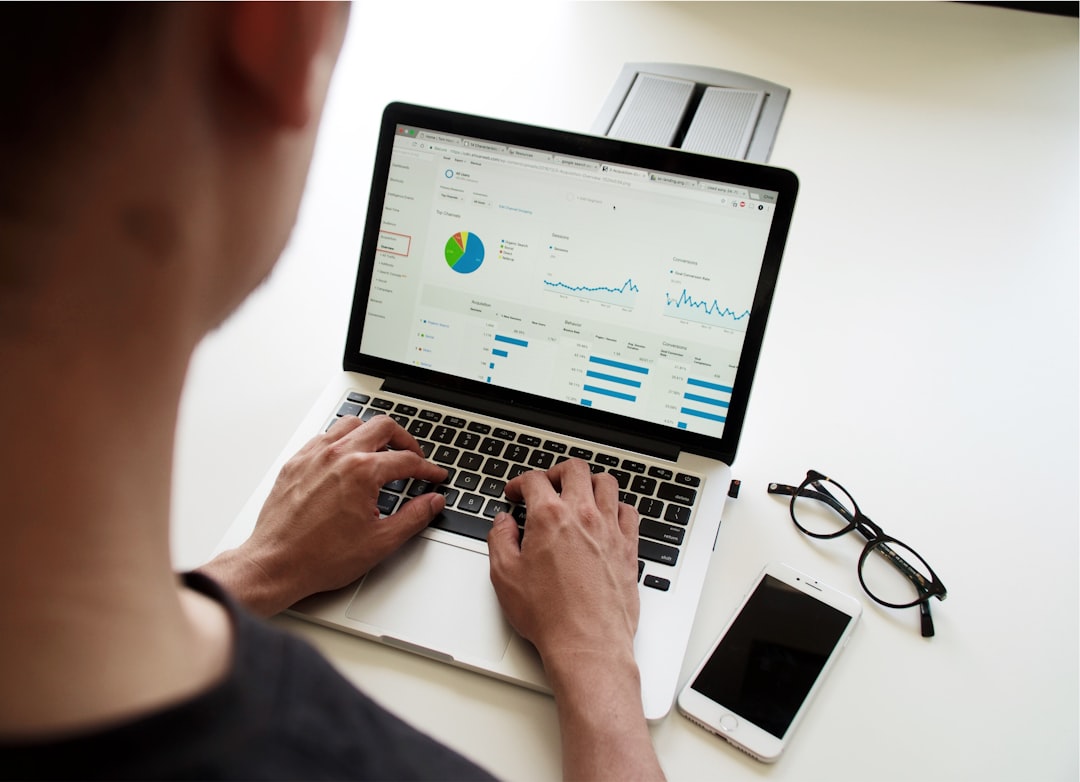
Unlocking Algorithmic Insights through Clickstream Source Leverage Analysis
In today’s data-driven world, understanding user behavior is paramount for businesses seeking to enhance customer experience and boost conversion rates. One of the most powerful tools for achieving this is Clickstream Source Leverage Analysis. This technique allows organizations to analyze the pathways users take on websites and apps, uncovering insights that can drive marketing strategies and product development.
What is Clickstream Analysis?
Clickstream Analysis involves tracking the sequence of clicks made by a user while navigating a website. This data reveals not only where users go but also how they interact with various elements. By leveraging this data, businesses can uncover patterns and trends that inform decision-making processes.
The Importance of Source Leverage
Source leverage refers to the ability to understand the origin of web traffic and user engagement. By analyzing where users come from—be it organic search, social media, or email campaigns—businesses can pinpoint which sources are driving valuable traffic. This knowledge is crucial for optimizing marketing efforts, allocating resources effectively, and enhancing user experience.
Unlocking Insights with Algorithmic Techniques
The integration of algorithmic approaches into Clickstream Source Leverage Analysis allows businesses to derive deeper insights. Machine learning algorithms can process vast amounts of clickstream data to identify patterns that may not be apparent through traditional analysis methods. For example, clustering algorithms can group users based on their navigation paths, revealing distinct segments with unique preferences.
Case Study: E-commerce Optimization
Consider an e-commerce platform that implemented Clickstream Source Leverage Analysis to enhance its user experience. By tracking user behavior, the company discovered that users from social media channels tended to abandon their shopping carts more frequently than those from organic search. This insight led to a targeted re-engagement campaign for social media users, incorporating personalized offers and reminders, which ultimately increased conversion rates by 20%.
Emerging Trends in Clickstream Analysis
As technology evolves, so do the methods for conducting Clickstream Source Leverage Analysis. Here are some notable trends:
1. Real-Time Analytics
With advancements in data processing technologies, businesses can now analyze clickstream data in real-time. This capability allows for immediate adjustments to marketing strategies, enabling companies to respond to user behavior as it happens.
2. Predictive Analytics
Predictive analytics is becoming increasingly popular in Clickstream Source Leverage Analysis. By leveraging historical clickstream data, businesses can forecast future user behavior. For instance, if past data shows that users who engage with a specific product page are likely to convert, targeted ads can be created to boost visibility for that product.
3. Enhanced Privacy Measures
With growing concerns about user privacy and data protection, businesses are adapting Clickstream Source Leverage Analysis practices to comply with regulations such as GDPR and CCPA. Ensuring transparency in data usage and implementing robust consent mechanisms are becoming essential for maintaining user trust.
Tools and Resources for Clickstream Analysis
If you’re looking to dive deeper into Clickstream Source Leverage Analysis, several tools and resources can help:
- Google Analytics: A widely used tool for tracking user behavior on websites, offering insights into clickstream data.
- Mixpanel: Focused on user interactions, Mixpanel allows for in-depth analysis of user paths and engagement.
- Heap Analytics: This tool automatically captures all user interactions without the need for manual event tracking, making it easier to analyze clickstream data.
For a more comprehensive understanding of this topic, consider exploring resources such as KDnuggets and Towards Data Science, which provide articles and tutorials on data analysis techniques.
Conclusion
Unlocking algorithmic insights through Clickstream Source Leverage Analysis presents an incredible opportunity for businesses to optimize their strategies and enhance user experience. By understanding user pathways and the sources of traffic, organizations can make informed decisions that drive growth. As technology continues to evolve, staying abreast of emerging trends and tools will be critical for harnessing the full potential of clickstream data.
Don’t miss out on the potential benefits of this analysis—consider implementing it in your business strategy today. Share this article with others interested in enhancing their understanding of Clickstream Source Leverage Analysis, and subscribe for more insights on technology trends and innovations!
Glossary of Terms
- Clickstream: The path a user takes through a website.
- Source Leverage: Understanding the origin of web traffic.
- Predictive Analytics: Techniques that use historical data to forecast future outcomes.
- Real-Time Analytics: Immediate data processing to inform decisions as events occur.
By leveraging the knowledge in this post, you’re well on your way to unlocking the full potential of Clickstream Source Leverage Analysis.


